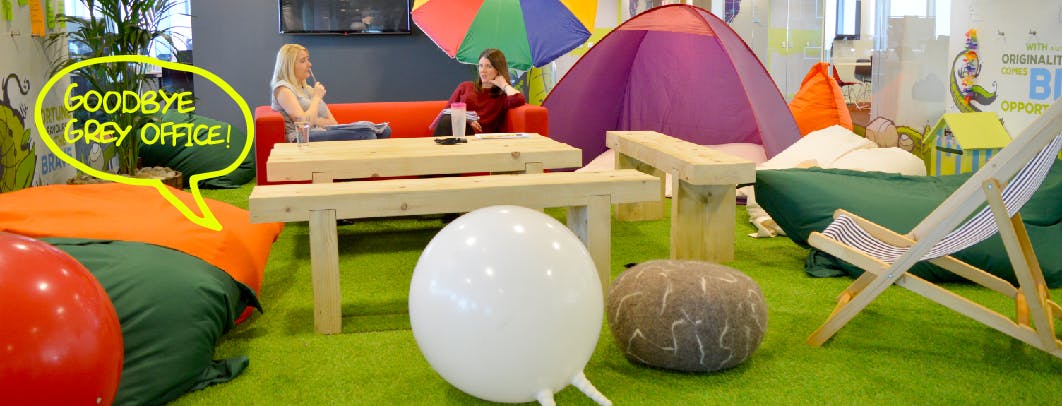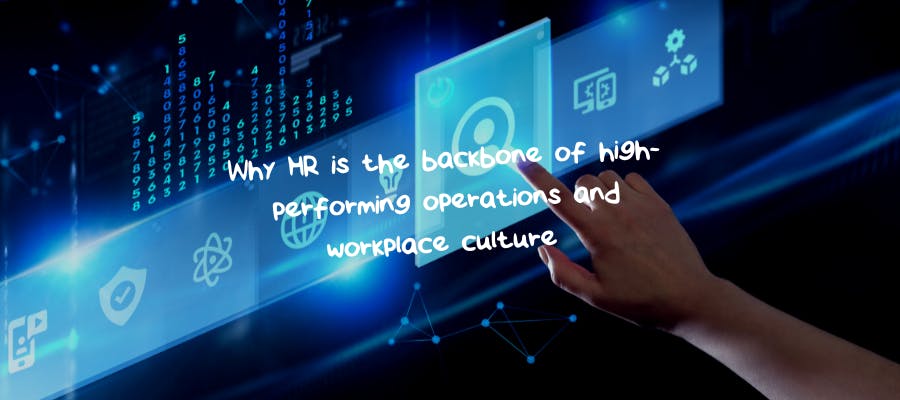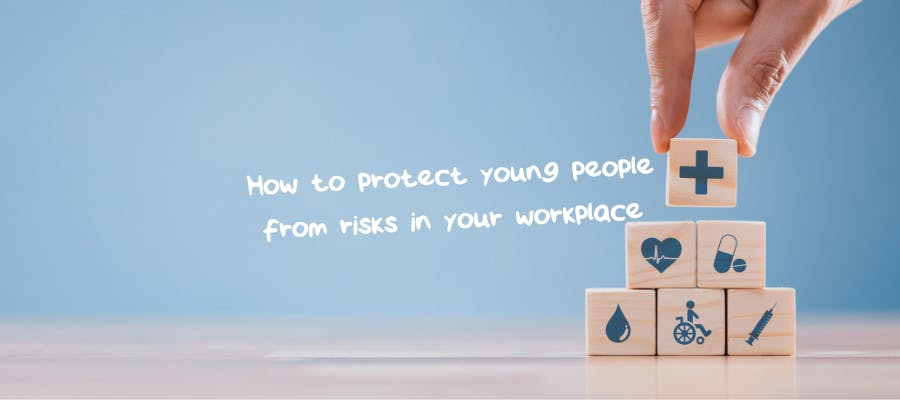First published on Thursday, August 13, 2020
Last updated on Monday, March 14, 2016
That’s why modern businesses are increasingly focussed on creating office environments that foster greater psychological wellbeing, physical health and social connectivity among their staff. There is a mounting body of research which highlights these factors as essential in order to keep employees engaged and motivated on a daily basis.
It also makes sound business sense for an employer to invest in a physical space that staff can take pride in and enjoy. Feeling happy, healthy and aligned with the purpose of our work often equates to a higher quantity and, more importantly, quality of output. People are the lifeblood of every business, after all, so it’s vital to ensure they are able to develop and perform to the best of their ability on a daily basis.
The way things were
Cast your mind back twenty years to the ‘typical office’ design. It’s difficult not to imagine a room packed with private cubicles, complete with drab grey décor and a lonely cheese plant recycling stale air in a distant corner.
Not exactly inspiring, right? Unfortunately, the familiarity of this image still contributes to the idea that the office is a one-size-fits-all setup that lacks the warmth and personality of home — something to fear each morning, much less look forward to. That’s exactly what forward-thinking businesses are looking to change by tailoring their office design to suit the needs of both the business and the people who keep it running.
Over the past decade, the fixed cubicle walls have given way to open plan spaces that allow for greater communication and collaboration among staff. Less walls mean less privacy, so it’s equally important to ensure staff have access to quiet breakout spaces for meetings, phone calls or whenever they wish to avoid potential distractions. This arrangement now forms the basis of design for most employers looking to build an engaging office environment.
Enhancing your environment
A 2015 study conducted by Human Spaces revealed that one third (33%) of office workers agreed the design of an office would affect their decision to work for a company. This shows the importance for business owners to successfully transfer the personality and values contained within a company brand into the office design itself.
Fortunately for the average SME, you don’t have to rely on the budget enjoyed by Google or Apple to enhance the appeal of an office environment, or to start reaping the productive gains it yields.
These simple tips could make a world of difference:
Provide enough natural light
A recent study by the American Society of Interior Design has found that continual reliance on dim, artificial light can negatively impact our ability to focus over time, also causing eye strain and headaches which lead to higher rates of sickness absence.Encourage regular movement
Most offices impose a sedentary lifestyle, and sitting in one place for eight hours every day can cause all manner of health problems. A stand-up desk area or regular office exercise sessions can help to alleviate the risk.Trial gamification
Research conducted by BrightHR has found that making workplace culture more fun has a positive impact on engagement and staff retention. Why not try a breakout gaming area, ‘Idea of The Month’ rewards, casual Fridays or allowing staff to bring their pets to work on occasion?Inspire staff to make their own fun
Work relationships don’t have to be confined within four walls. Great managers create opportunities for staff to organise their own activities and socialise as a team outside of the office, as well as inside.Consider biophilic design
Incorporating more greenery and natural elements (e.g. potted plants) into your office space is a cost-effective way to breathe added life and vibrancy into the room.Get flexible
Employees should never feel chained to their desks. Flexible working won’t always be appropriate for every job role but, wherever possible, it is a great way to give staff greater control over their workload and generate a higher level of trust from the top-down.
Final thought
Top companies recognise that investing in a working environment which puts employee health and happiness first can have a long-term impact on a range of organisational outcomes. Understanding this relationship, and designing an effective office design plan as a result, is vital in order to streamline workflows, strengthen relationships between staff, boost staff retention and lower sickness absence.
These factors are integral to the overall productivity of any business. More than that, cultivating a positive office culture not only stirs people to rise a little earlier every weekday morning — it encourages them to enjoy it.
Looking for more useful ideas on how to energise your workplace and create a vibrant office culture for all to enjoy? Download our latest It Pays to Play report.






